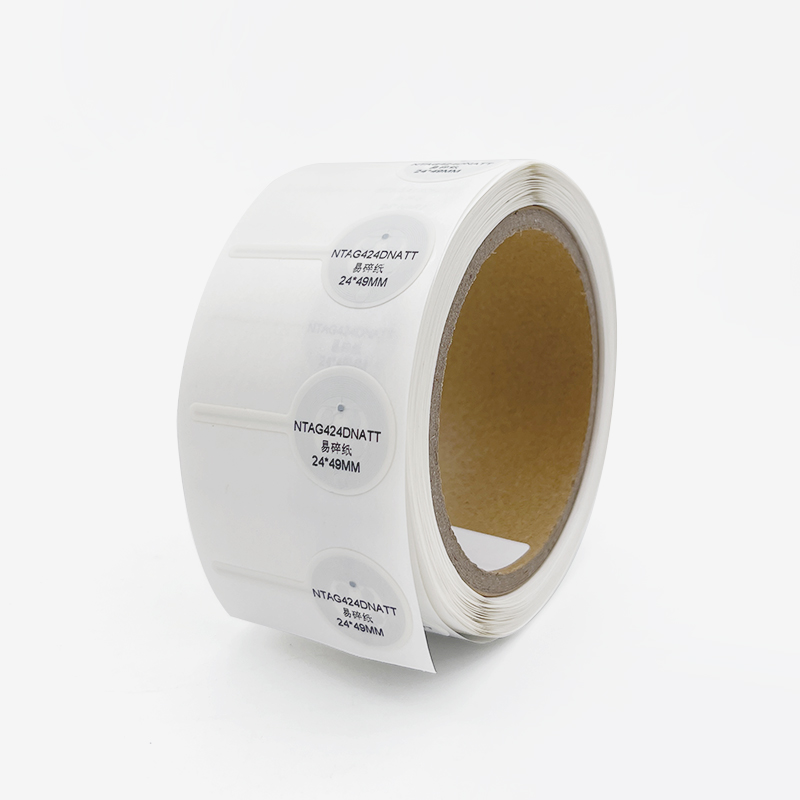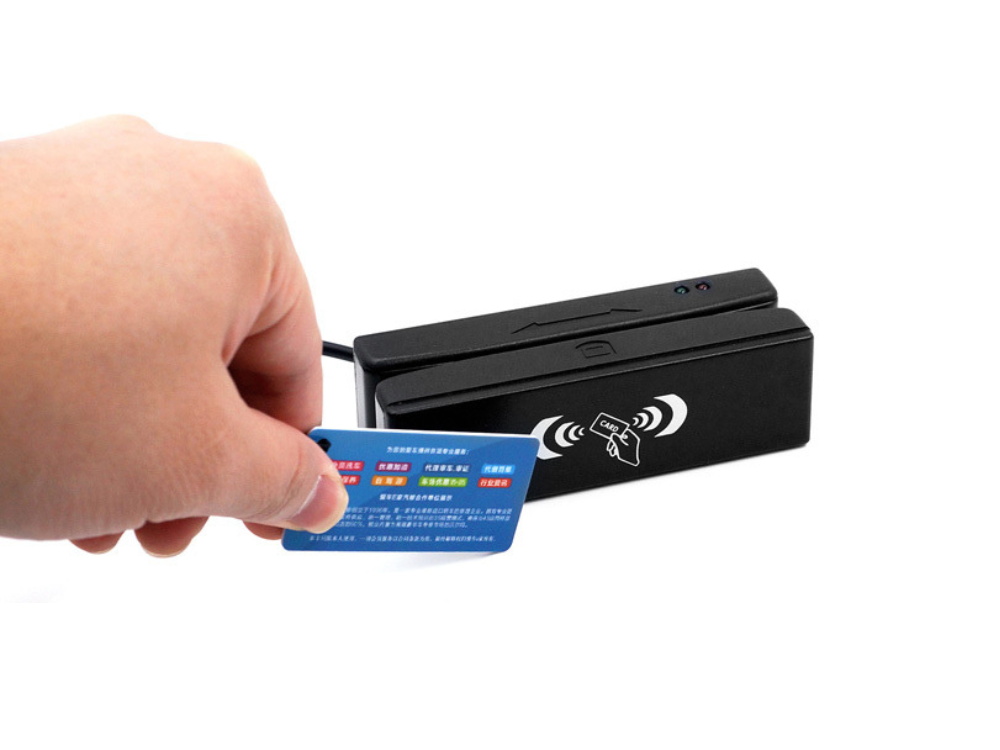
Exposing Vulnerabilities in RFID Smart Access Cards
Table of Contents
Introduction: The Hidden Risks of RFID Access Systems
However, beneath their convenience lies a significant threat: security vulnerabilities in legacy systems, particularly those built on MIFARE Classic technology.
Recent research has uncovered that these popular cards can be cloned with alarming ease — exposing sensitive facilities to unauthorized access, data breaches, and costly incidents.

What Are RFID Smart Access Cards?
An RFID smart access card is a contactless credential that uses radio-frequency identification (RFID) to communicate with a reader. These cards typically operate at:
Low Frequency (LF) – 125 kHz (e.g., HID Prox)
High Frequency (HF) – 13.56 MHz (e.g., MIFARE, NTAG, DESFire)
Ultra High Frequency (UHF) – 860–960 MHz (rare in access control)
When presented to a compatible reader, the card transmits a unique identifier (UID) or encrypted data to grant or deny access.
Common RFID Smart Card Vulnerabilities
1. Cloning and Spoofing
Unsophisticated RFID cards (especially LF types like HID Prox) can be easily cloned using cheap devices like Flipper Zero or Proxmark3. Attackers capture the UID and copy it onto another card.
2. Skimming and Eavesdropping
Some RFID systems transmit data unencrypted. A nearby attacker can “skim” the signal using a concealed reader to steal credentials—without the cardholder ever knowing.
3. Replay Attacks
An attacker can record a valid transmission in poorly secured systems and replay it later to gain access. This bypasses authentication without needing to decrypt or understand the data.
4. Weak or No Encryption
Older cards like MIFARE Classic are known to use weak crypto (CRYPTO1), which is now cracked and insecure. Many systems continue to rely on outdated technology.
5. UID Spoofing
Cards that rely solely on static UIDs (with no mutual authentication or cryptographic protection) are especially vulnerable to spoofing.
Case Study: RFID in Smart Manufacturing — The Other Side of RFID
While vulnerabilities in access cards are a concern, RFID still delivers tremendous value in industrial tracking. One example is Bishop Cabinets, a custom cabinetry manufacturer that implemented RFID to track parts through production.
How Bishop Cabinets Uses RFID:
Each cabinet part is tagged with a passive UHF RFID tag, linked to the ERP system
RFID readers at workstations scan components in real-time
Replaces error-prone barcode scanning, which failed when labels were obscured
Automated alerts help prevent assembly errors by verifying parts match orders
Customer service has access to real-time production updates
This contrast highlights that when implemented securely, RFID can vastly improve operational efficiency—but outdated chipsets pose a real danger in access control.
How to Protect Against RFID Smart Card Attacks
1. Upgrade to Encrypted Cards
Use cards with strong cryptography, such as:
MIFARE DESFire EV2/EV3
iCLASS SE (HID)
LEGIC advant
These provide mutual authentication, AES encryption, and rolling keys to prevent cloning.
2. Use Multi-Factor Authentication (MFA)
Combine smart cards with PIN codes, biometrics, or mobile authentication to add extra layers of protection.
3. Implement Anti-Tamper Monitoring
Install access control systems that log all attempts and flag duplicate or suspicious card entries.
4. Deploy RFID Shielding
Use RFID-blocking sleeves or pouches for employee badges to prevent skimming in public spaces.
5. Audit and Replace Legacy Systems
Regularly audit your access control system. Replace outdated cards (e.g., HID Prox, MIFARE Classic) with secure alternatives.
Which RFID Smart Cards Are Most Secure?
| Card Type | Security Level | Encryption | Cloning Risk |
|---|---|---|---|
| HID Prox (125 kHz) | 🔴 Low | None | Very High |
| MIFARE Classic | 🟠 Medium-Low | Weak (CRYPTO1) | High |
| NTAG213 | 🟠 Medium | Password-protected | Moderate |
| DESFire EV2/EV3 | 🟢 High | AES-128 | Low |
| iCLASS SE | 🟢 High | AES / Secure Identity | Low |
How We Help at JIA RFID
At JIA RFID, we provide secure RFID solutions for access control, logistics, and smart product development. Our product range includes:
Encrypted RFID access cards
Tamper-resistant NFC tags
Custom card encoding services
RFID shielding products
Want to upgrade your facility’s security? Contact us for secure RFID options →

Comments
Hot Products

RFID in Logistics: How to Eliminate RFID Misrouting and RFID Label Failures
RFID in logistics is more than just a tool to speed up processes. It has become a key part of how modern supply chains operate.

What Is RFID Waste Management
Imagine a city where every trash bin speaks — not literally — but through a tiny chip that tells the system when it’s full, when it’s emptied, and where it went. That’s what RFID waste management is doing today.

What are Bolt Seals and their Applications? | Complete Guide
In global trade and logistics, bolt seals play a crucial role in ensuring cargo security and compliance. These small but powerful devices are designed to lock shipping containers, trailers, and cargo doors with a tamper-evident mechanism.

What is an RFID Card Protector? Benefits, Use Cases, and Buying Guide
RFID technology (Radio Frequency Identification) is everywhere: in your credit cards, ID badges, transit passes, hotel room keys, and more. It offers speed and convenience, but it also opens the door to a new kind of digital theft called “skimming.” That’s where an RFID card protector comes in.

RFID Wristbands for Events: Bulk Buying Guide for Organizers
RFID wristbands for events are becoming the go-to solution for organizers who need faster entry, fraud prevention, and cashless payments at concerts, festivals, and sports venues. Unlike paper tickets or QR codes, these smart wristbands use embedded chips to streamline access, secure transactions, and improve the guest experience.

How RFID Tag on Windscreen Improves Vehicle Access Control and Toll Systems
In today’s fast-paced world, vehicle identification needs to be quick, secure, and contactless. An RFID Tag on the Windscreen provides exactly that — a reliable way to manage toll collection, parking, and gated access without stopping vehicles.
Tags
RELATED BLOGS

RFID in Logistics: How to Eliminate RFID Misrouting and RFID Label Failures
RFID in logistics is more than just a tool to speed up processes. It has become a key part of how modern supply chains operate.

What Is RFID Waste Management
Imagine a city where every trash bin speaks — not literally — but through a tiny chip that tells the system when it’s full, when it’s emptied, and where it went. That’s what RFID waste management is doing today.

What are Bolt Seals and their Applications? | Complete Guide
In global trade and logistics, bolt seals play a crucial role in ensuring cargo security and compliance. These small but powerful devices are designed to lock shipping containers, trailers, and cargo doors with a tamper-evident mechanism.




